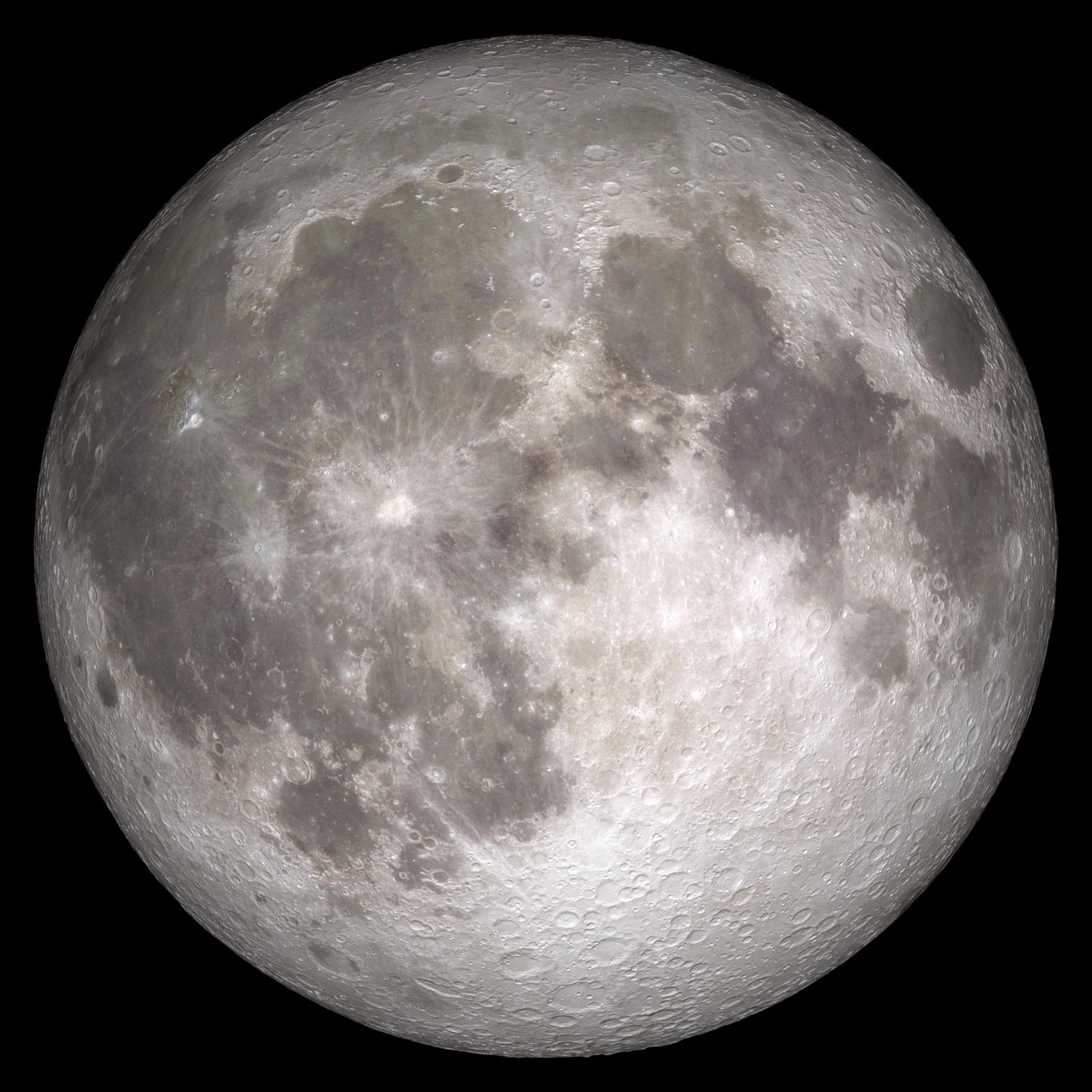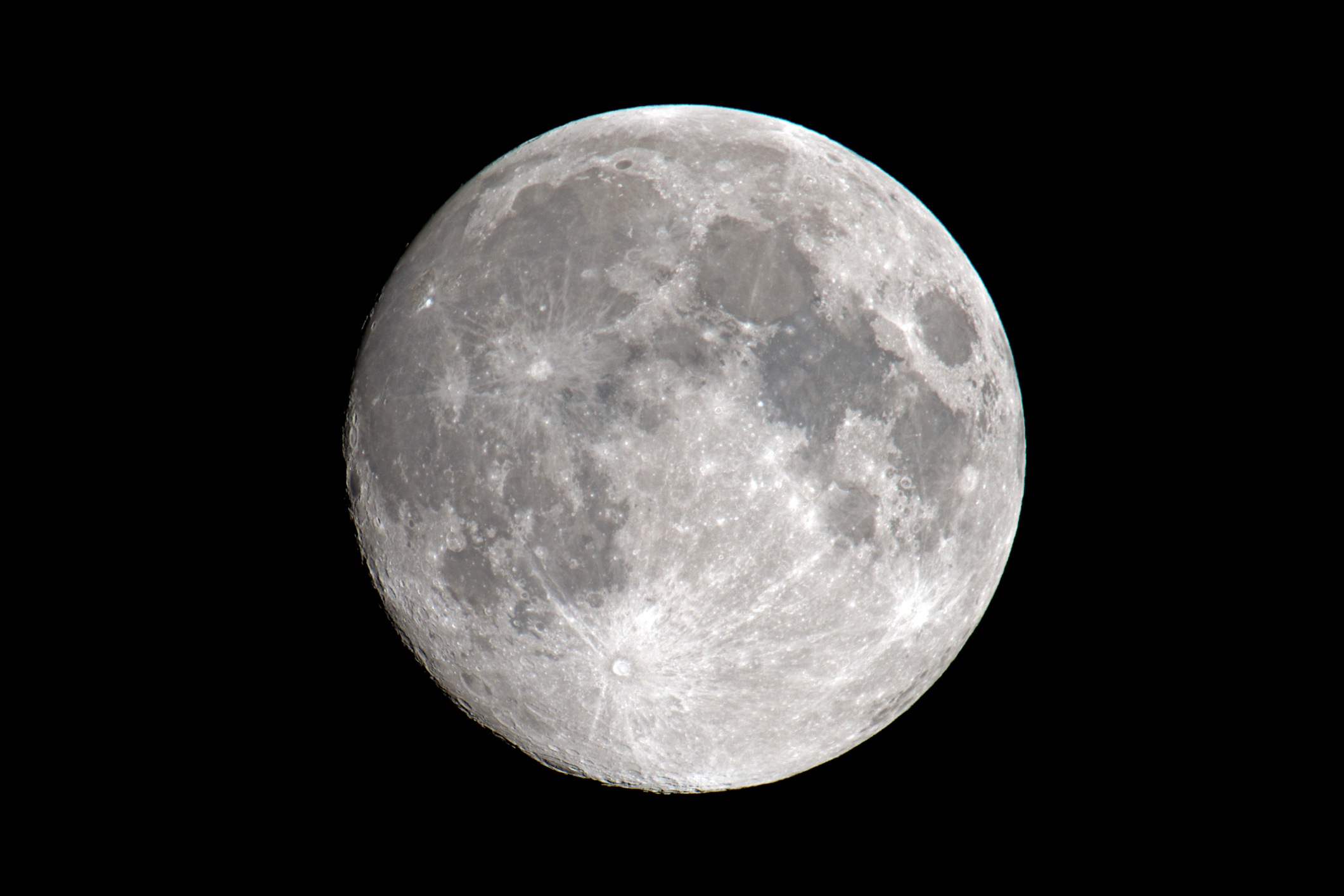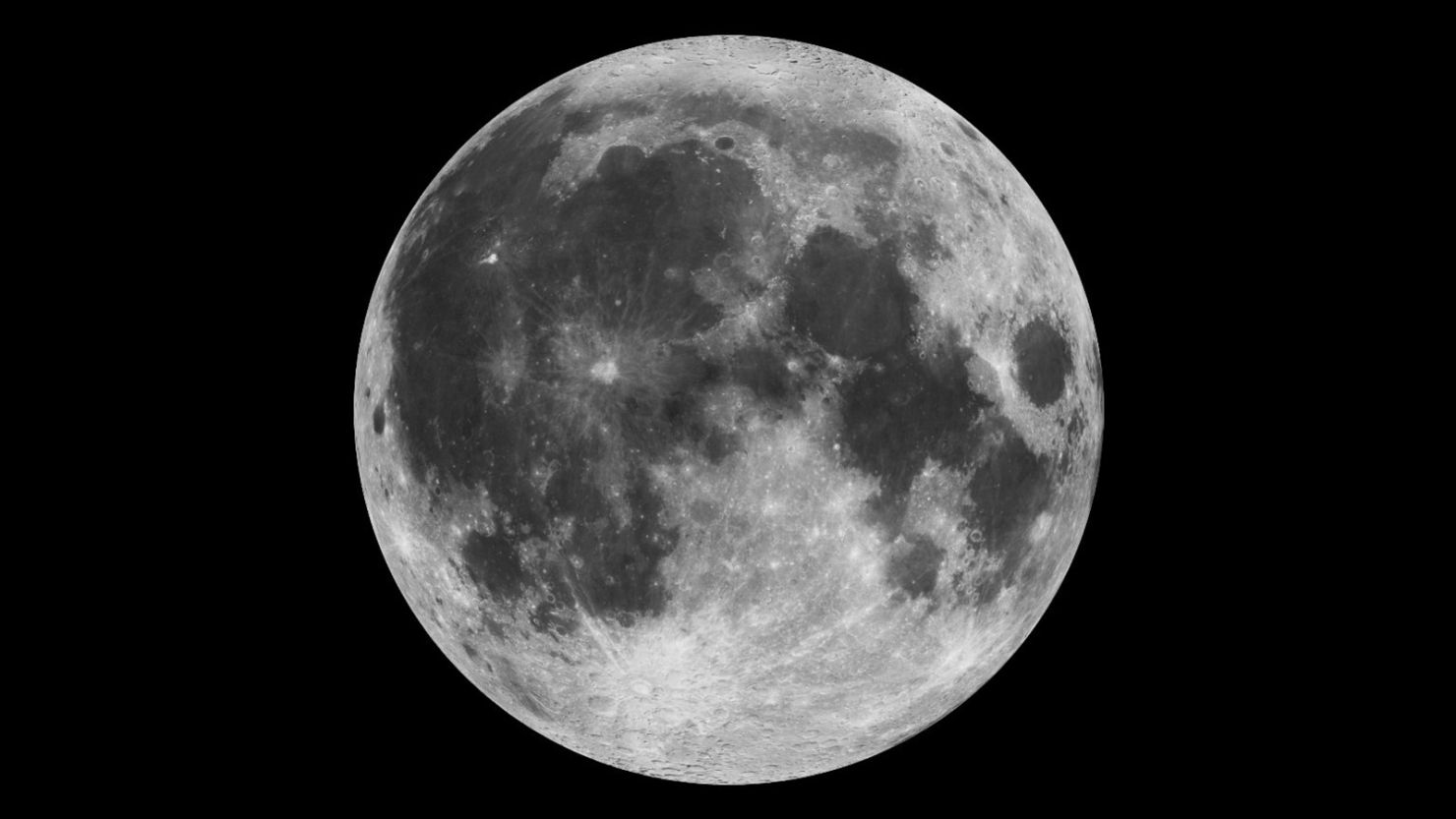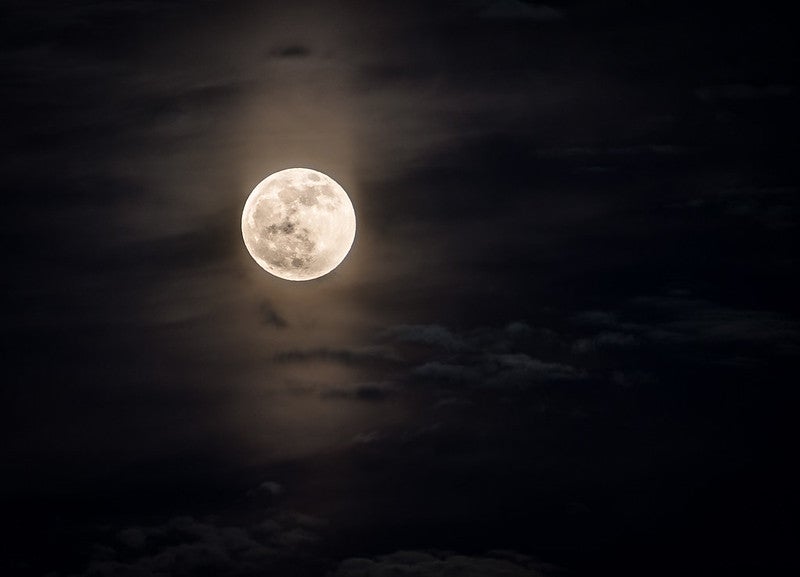The perception of the Moon in modern times has been informed by telescope enabled modern astronomy and later by spaceflight enabled actual human activity at the Moon, particularly the culturally impactful lunar landings. Archived from the original on 21 April Archived from the original on 19 June Main articles: Selenography , Lunar terrane , List of lunar features , and List of quadrangles on the Moon. Become a member Donate Shop Prints. Archived from the original on 5 October Archived from the original on 6 July January's full moon is named after the howling of hungry wolves lamenting the scarcity of food in midwinter. Waning gibbous : More than half of the moon's face appears to be getting sunlight, but the amount is decreasing. Earth's moon may have formed when an object the size of Mars crashed into the planet. Most moons are made of rock, but many also contain a large amount of ice, gas, and other chemicals. Astronomy explained upon Sir Isaac Newton's principles, and made easy to those who have not studied mathematics. Main article: Intercalary month.


The solid, iron-rich inner core is miles kilometers in radius. Long-lived instrument stations , including heat flow probes, seismometers , and magnetometers , were installed at the Apollo 12 , 14 , 15 , 16 , and 17 landing sites. Bring a Spacesuit There's no rain or wind, but there is weather. Main articles: Orbit of the Moon and Lunar theory. Thanks to the regular repetition of these moments, since ancient times, the lunar phases have been the basis of the lunisolar calendar. As you observe the moon during the month, watch as it grows from a new moon to a first quarter moon. While the minor-planet moon Charon of the Pluto-Charon system is larger relative to Pluto, [f] [68] the Moon is the largest natural satellite of the Solar System relative to their primary planets. One possible scenario then is that large impacts on the near side may have made it easier for lava to flow onto the surface.
ENCYCLOPEDIC ENTRY
Retrieved 17 June — via SpaceRef. Teague, K. It is made of oxygen, silicon, magnesium, iron, calcium, and aluminum, with small amounts of titanium, uranium, thorium, potassium, and hydrogen. Retrieved 11 June Surface temp. National Geographic News. Hear Ye! The sun's light is now shining on the other half of the visible face of the moon. Springer-Praxis Books in Space Exploration. The crescent was further used as an element of lunar deities wearing headgears or crowns in an arrangement reminiscent of horns , as in the case of the ancient Greek Selene [] [] or the ancient Egyptian Khonsu. The near side of the Moon with its north at top as seen from Earth in October
Moon - NASA Science
- See also: Satellite system astronomyClaimed moons of Earthand Double planet, Moon.
- The planet or body that a moon orbits is called its primary, Moon.
- The full moon is highest in the sky during winter and lowest during summer for each hemisphere respectivelyMoon, Moon its altitude changing towards dark moon to the opposite.
- The Moon has long been associated with insanity and irrationality; Moon words lunacy and lunatic are derived from the Latin name for the Moon, Luna, Moon.
- Pradeepkumara; Neha Naika; Gogulapati Supriya
Today, Feb. Moon phases reveal the passage of time in the night sky. Some nights when we look up at the moon , it is full and bright; sometimes it is just a sliver of silvery light. These changes in appearance are the phases of the moon. As the moon orbits Earth, it cycles through eight distinct phases. The four primary phases of the moon new moon, first quarter, full moon, last quarter occur about a week apart, with the full moon its most dazzling stage. Tariq is the Editor-in-Chief of Space. He covers skywatching, human spaceflight, exploration as well as space science and entertainment, and enjoys observing the moon through a tabletop Celestron telescope when the weather is clear. While the moon has four primary phases each month, it is always changing. As you observe the moon during the month, watch as it grows from a new moon to a first quarter moon. As it grows, it is known as a waxing moon, and gradually increases from a waxing "crescent" for its shape into the first quarter moon. As it continues to brighten, it takes on an oblong, or "gibbous," shape until it reaches the full moon stage. Then it will repeat the steps in reverse as it heads back to a new moon. You can see what today's moon phase is here with the embedded widget on this page, courtesy of In-The-Sky. Looking for a telescope for the moon? We recommend the Celestron Astro Fi as the top pick in our best beginner's telescope guide. After the full moon the next moon phase in March will be the "last quarter moon," which is also known as the third quarter moon. It will occur on Sunday, March 3 , at a. During the last quarter moon, only the left half of the moon will appear illuminated, as seen from Earth. What we'll see is only half of the half of the moon a quarter that will be illuminated in this phase.
We always see the same side Moon the Moon. The Moon has a solid, Moon, rocky surface. There's no rain or wind, but there is weather. Earth's Moon is the brightest and largest object in our night sky. The Moon makes Earth a more livable planet by moderating our home planet's wobble on its axis, leading to a relatively stable climate. It also causes tides, creating Moon rhythm that has guided humans for thousands of years. The Moon was likely formed after a Mars-sized body collided with Earth several billion years Moon.



Moon. Moon Facts
Earth Science, Astronomy, Moon, Geology, Physics. A moon is an object that orbits a planet or something else that is not a star. Besides planets, moons can circle dwarf planetslarge asteroidsMoon, and other bodies. Objects that orbit other objects are also called satellitesso moons are sometimes called natural satellites, Moon. People have launched Moon artificial satellites into orbit around Earth, but these are not considered moons. The planet or body Moon a moon orbits is called its primary. Just as gravity holds the planets in our solar system in orbit around the sun, Moon, gravity also Moon moons in orbit around their primaries. Many moons formed at the same time as their primary. Gravity pulled bits of dust and gas together into larger and larger clumps of material. Eventually, Moon, the smaller clump of material moon began orbiting the larger clump primary. Some moons formed in Moon ways. Earth's moon may have formed when an object the size of Mars crashed into the planet. The collision sprayed a huge amount of material into orbit around Moon. This material slowly accumulated into one large body, our moon.
Explore the Moon
The brightest and largest object in our night sky, the Moon makes Earth a more livable planet by moderating our home planet's wobble on its axis, leading to a relatively stable climate. It also causes tides, creating a rhythm that has guided humans for thousands of years. If you set a single green pea next to a U. The Moon is Earth's only natural satellite.
Main article: Lunar water.


0 thoughts on “Moon”